Minus 40 Degrees
Minus 40 degrees is very cold. (Note that I don’t say whether this is Fahrenheit or Celsius. The reason is because -40 °F equals -40 °C.) On my recent photography trip to Canada, this is the coldest temperature I encountered. In fact, it is the coldest temperature I have ever encountered.
My wife and I signed up for a small photography tour in the Canadian Rockies during February. Why the Canadian Rockies in the middle of winter? Because the photography promised to be stunning. And it didn’t disappoint.
But before we got to the bitterly cold location, we first landed in bitterly cold Calgary, Alberta in Canada. By the time we collected our luggage and called the hotel shuttle, it was 10 PM. The outside temperature was about -15 °C (+5 °F.) We were still dressed in clothing more appropriate for southern Utah temperatures, though we did have warm jackets and down coats to put on.
When we stepped outside to wait for the shuttle… Oh, my, it was cold! But we managed to survive the 10-minute wait and got into the hotel for a nice dinner and warm bed.
The next day was spent in Calgary since we would stay one more night there to meet up with the group. In the morning, we decided to see what was outside. We had no car, so we could only walk. But the temperatures were colder even than the night before. The low was -27 °C (-17 °F) and the high was -22 °C (-8 °F), so we couldn’t go far. Just outside the hotel were several trees covered in hoarfrost.
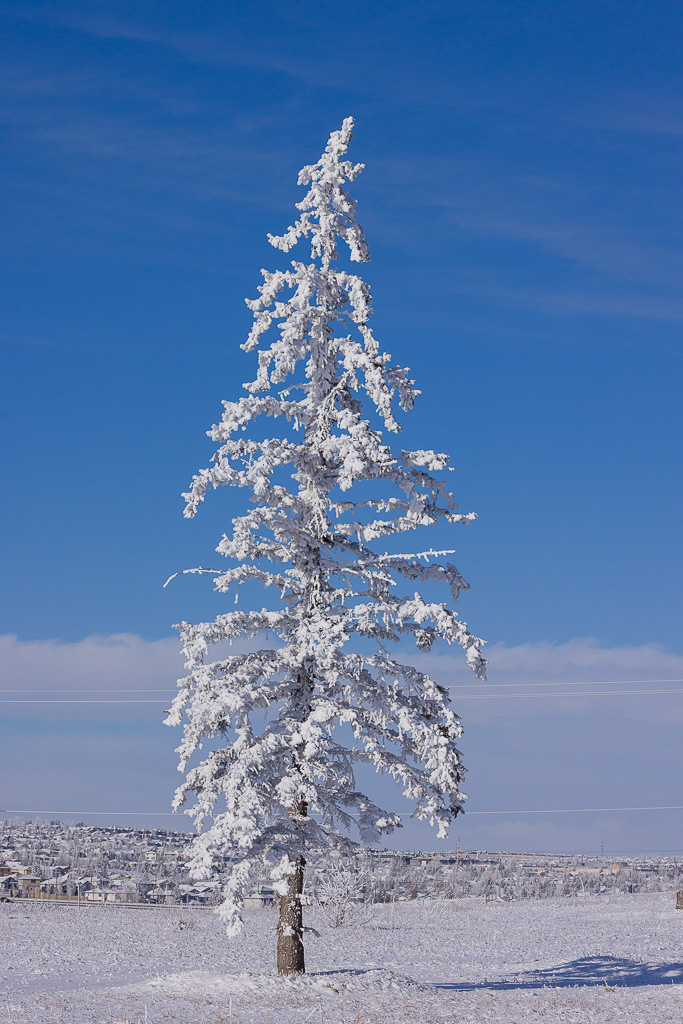
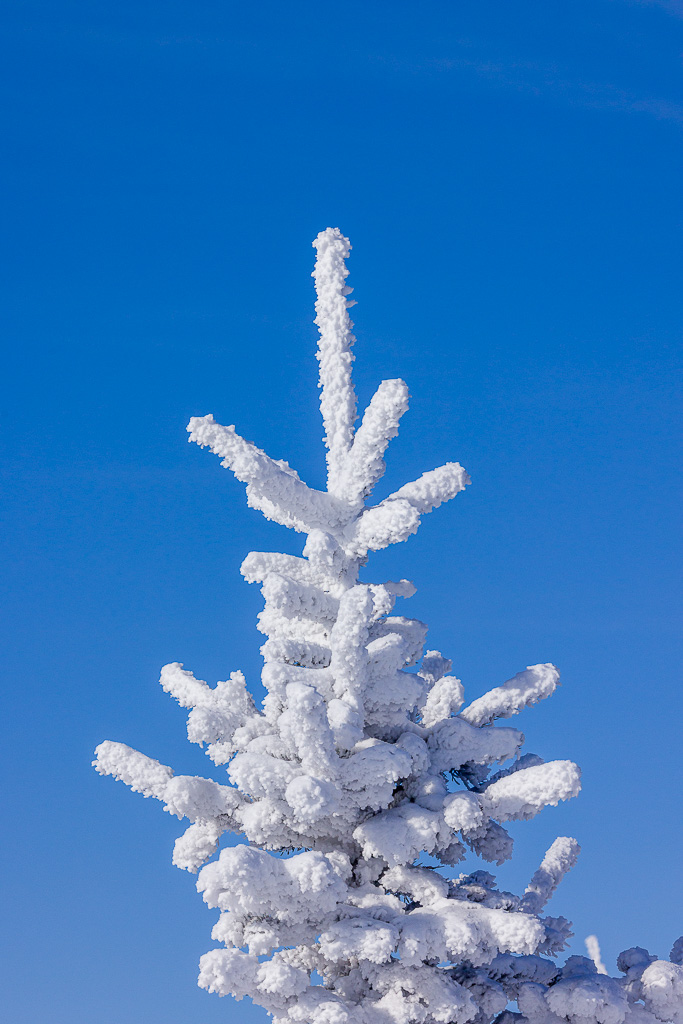
It was quite interesting to see Magpies flying around in such cold temperatures. Mostly, they just sat on branches in trees. Occasionally they would fly to another spot. And, as always, would fly away if we got too close. (Sorry to disturb you in the cold Mr. Magpie, I just wanted to take your picture.)
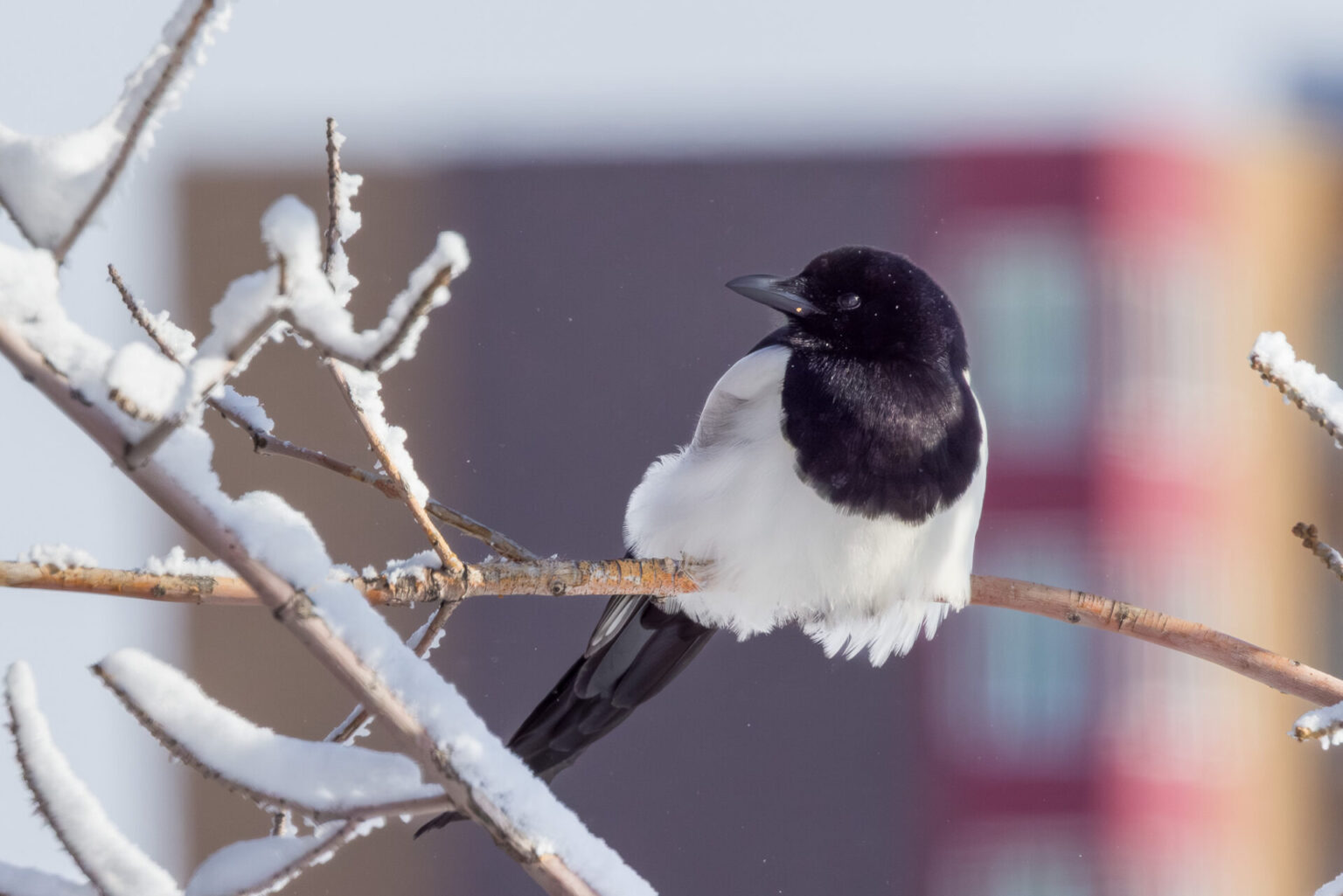
The Coldest Place
The second morning, it was time to drive to Nordegg to check into our next motel. After putting on our warm weather gear, we went out for sunset at a very interesting lake. What makes it so interesting is that methane seeping up from decaying plant matter freezes and forms bubbles frozen in the ice. All the water at the lake this time of year is completely frozen solid. There are perpetually strong winds here which blows the snow away from the surface of the ice allowing you to view the ice bubbles.
This afternoon until sunset was just to get a flavor for the lake. We planned to return several more times over the next couple days.
The temperature that afternoon was about -24 °C (-11 °F.) But with the windchill it felt much colder.
In the photo to the right, you can see the outside air temperature in Celsius circled in white on the car’s panel as we drove out to the lake.
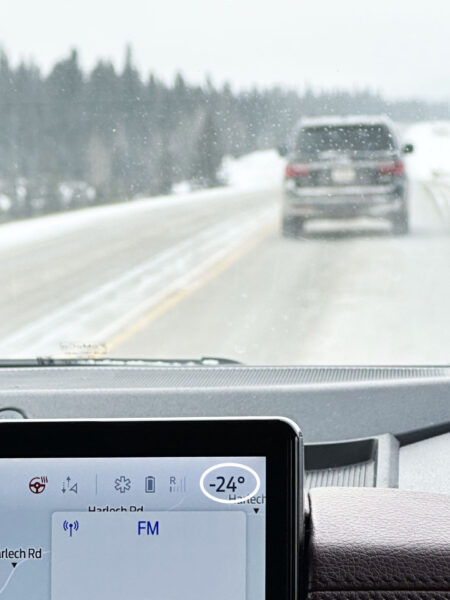
The photo below shows the frozen lake. It looks like a barren wasteland frozen solid all the way through to the bottom. The wind was quite strong. Snow could be seen blowing across the surface of the ice. It would form thin parallel ribbons of blowing snow constantly streaming across. In some places, snow would pile up thicker, obscuring the ice beneath.
A curious, and frustrating, effect occurred if you tried to photograph an interesting feature in the ice in front of you if your back was to the wind. The snow would stream around your body and pile up on the surface covering the feature. How do you get a photograph of a feature, if by being there causes it to become invisible? Is this another form of the Heisenberg uncertainty principle?
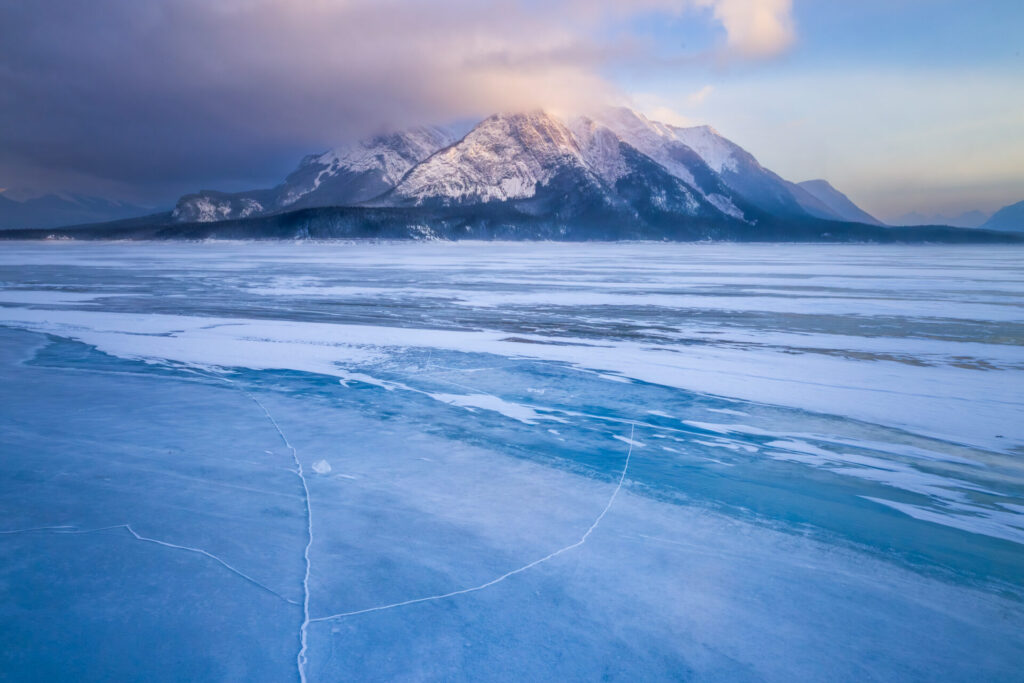
Out on the lake, I dressed very warm. Five layers of pants and six layers of shirts and jackets. I wore thick wool socks underneath cold weather Baffin boots with crampons so I wouldn’t slip on the ice. I also wore a balaclava to cover my head, face, and neck. It was warm inside all of that clothing, but it still left the skin around my eyes exposed.
Normally, I wear glasses but couldn’t do so here because they would fog up instantly and just as instantly, the fog would turn to ice. Frost formed readily on my eyebrows and eyelashes. Even the balaclava frosted up. If I faced into the wind, the exposed skin around my eyes started to feel like the wind was biting into the skin. I could only stand it for a few seconds at a time.
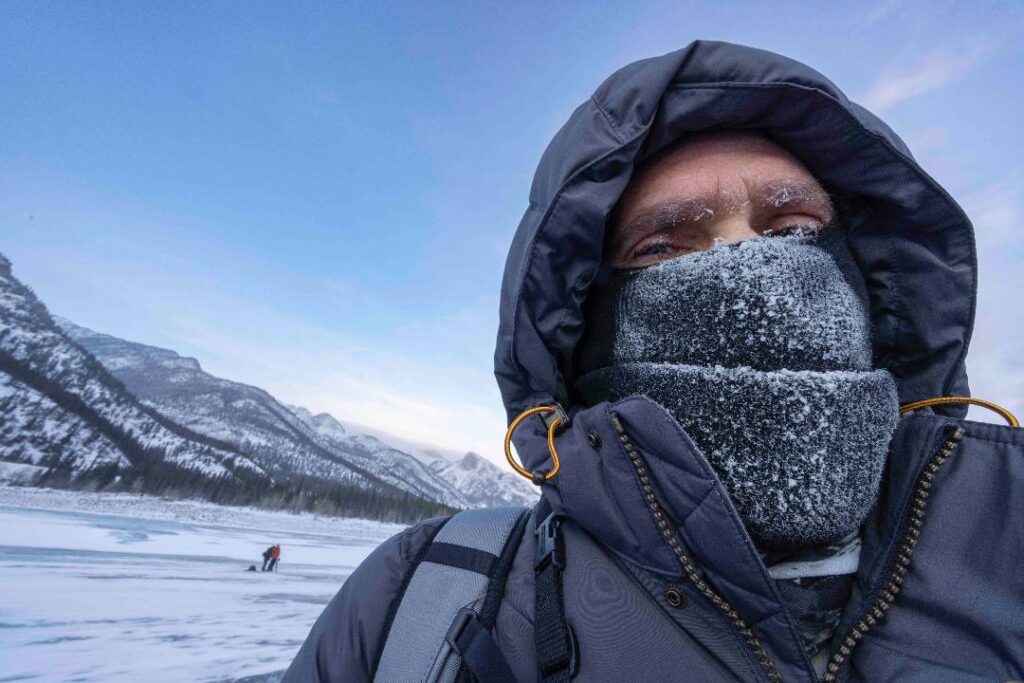
The next morning, we went back out to the lake early for sunrise. The temperature was now -32 °F (-26 °F) and with the windchill was -40 °C (-40 °F). The first day I shot without a tripod, but this morning, while out on the lake, I attempted to mount my camera to the tripod. I had bought a new L-bracket just for this trip. But somehow, no matter what I tried, the bracket would not mount to the tripod.
What is going on, I thought? After spending quite a while on the ice in the bitter cold, I moved to a spot on the shore behind some trees out of the wind to try to figure it out. Still, it wouldn’t mount. I thought that the cold temperatures were causing the retractable plate on my ball head to malfunction.
Unfortunately, I missed the good light and ended up with no photographs from that morning. Now it was back to the hotel for some hot coffee and breakfast.
But at the hotel, I did get a resolution to my tripod woes. It turned out the ball head was working fine. The problem was that there were two set screws on the bracket that were not spaced far enough apart to let the bracket sit completely flat on the ball head. This caused the locking bracket to be unable to lock. With the set screws removed, it worked fine. The moral of this story is to always check new equipment before going out onto a frozen lake in frigid temperatures.
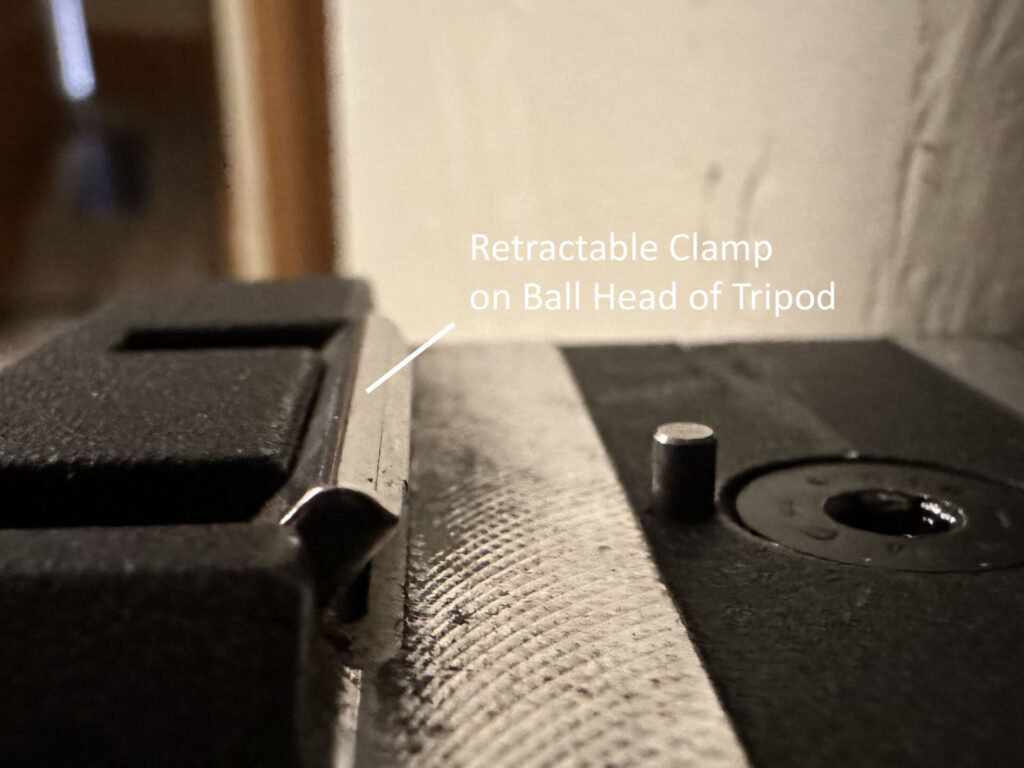

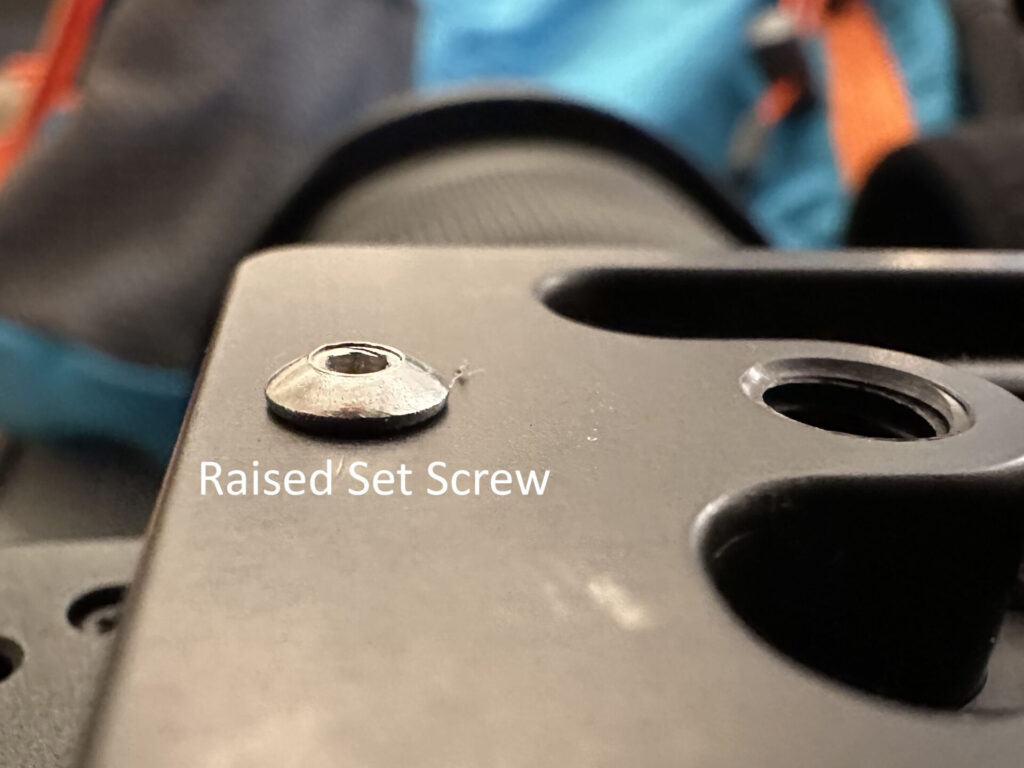
Ok, time for one more afternoon shoot at the lake. This time with a working tripod!
The next morning, we woke to the coldest temperatures of the entire trip. It was -38 °C (-37 °F). The windchill was going to be horrendously cold. But luckily, I was saved from this fate. Although another fate awaited my wife and I instead. What that was will be explained in my next blog post.
Photographs of the Lake
In the end, I had two days of shooting at the lake with some spectacular results. Presented here are some of my best photographs from the lake. In the first photo, notice the diagonal parallel ribbons of blowing snow. This can also be seen in the other photos to varying degrees. Also notice how snow tends to get trapped by cracks in the ice which highlights the crack making it look more dramatic.
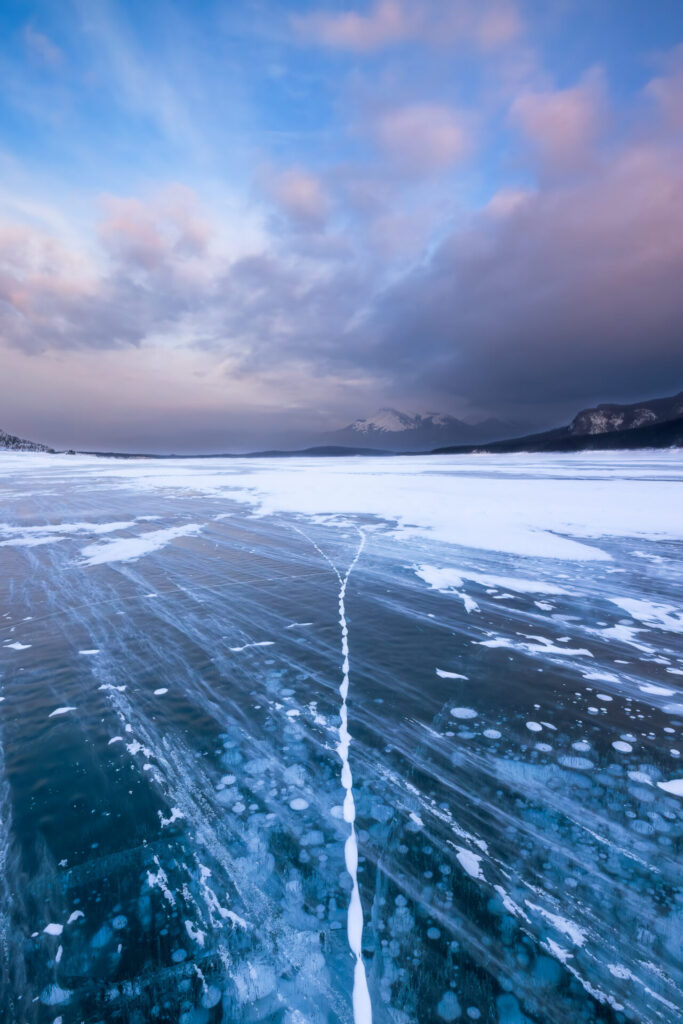
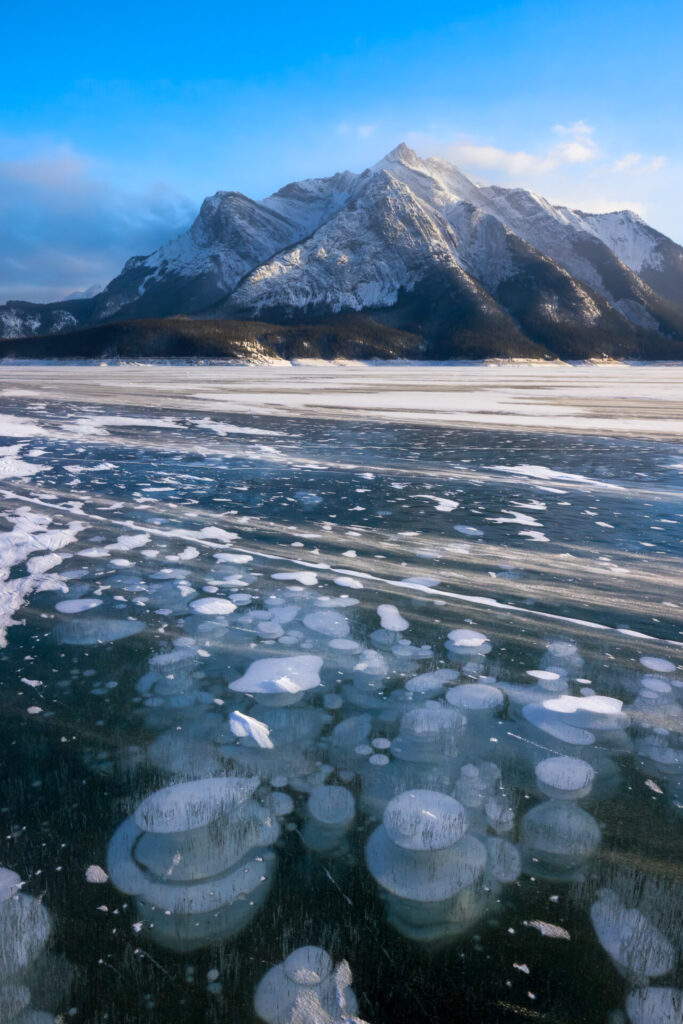
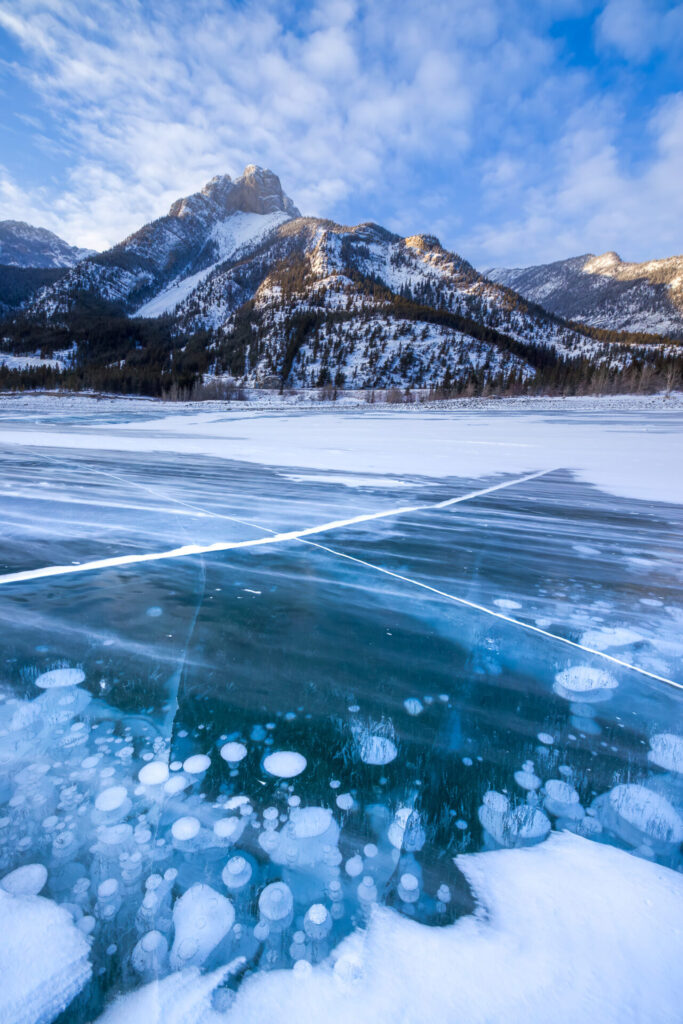
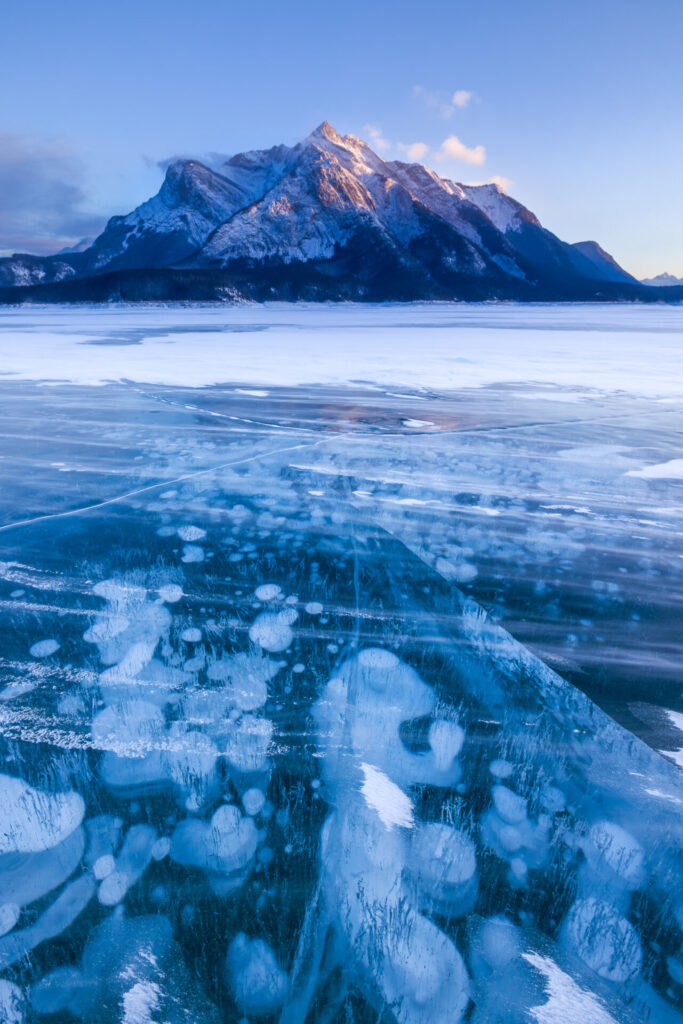
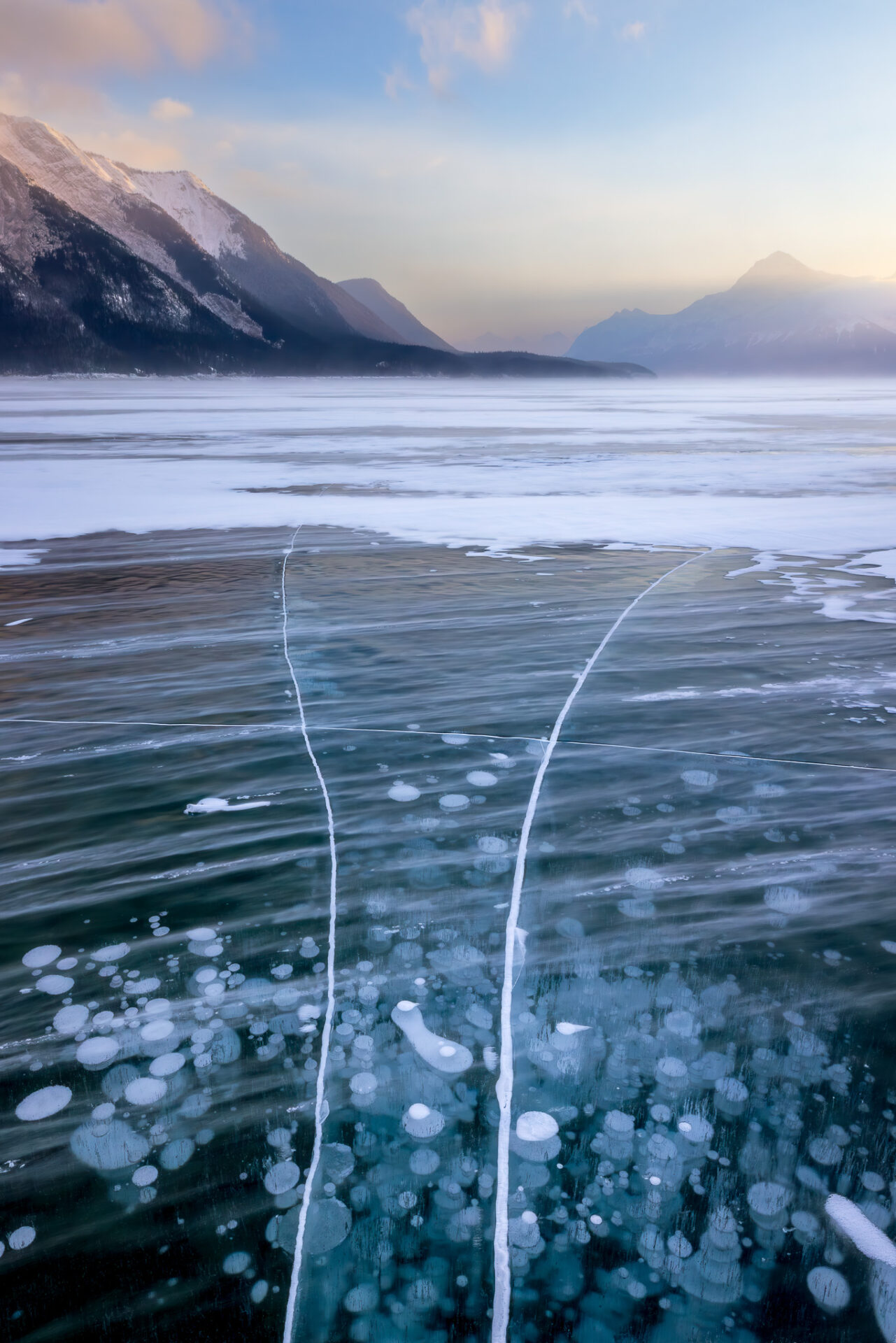

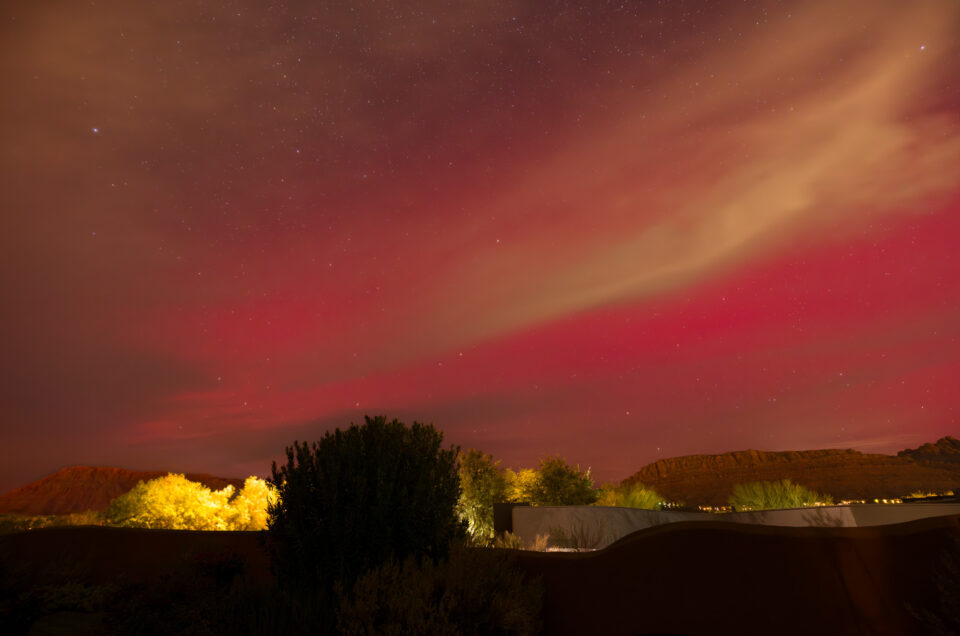
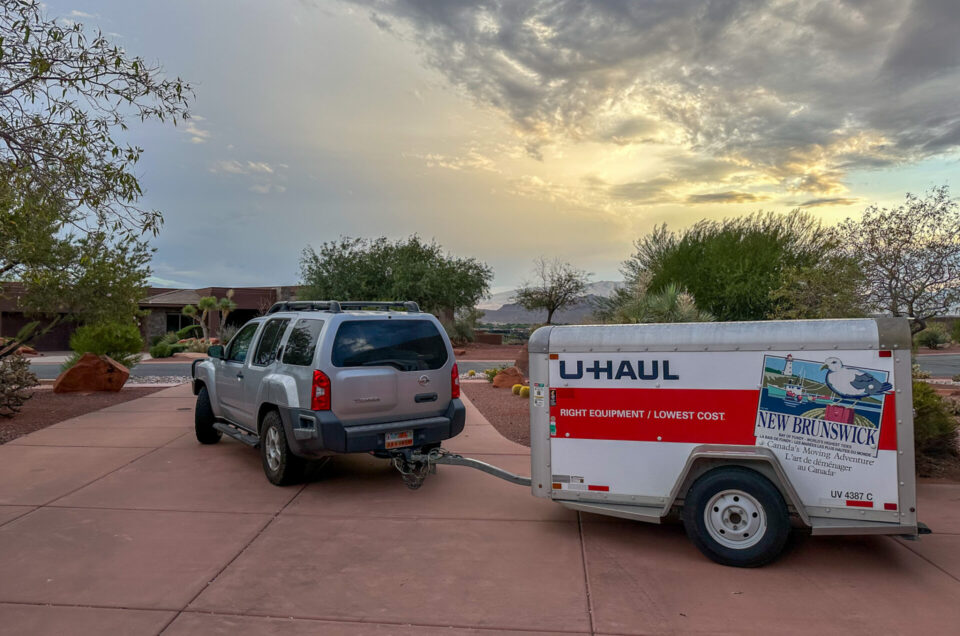
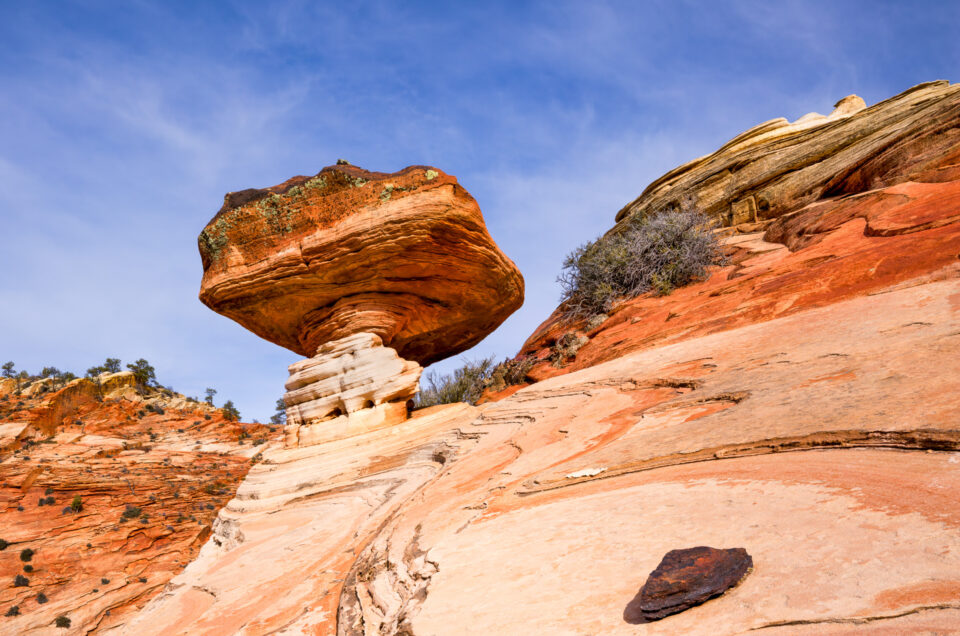


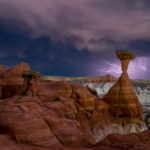

Leave a reply